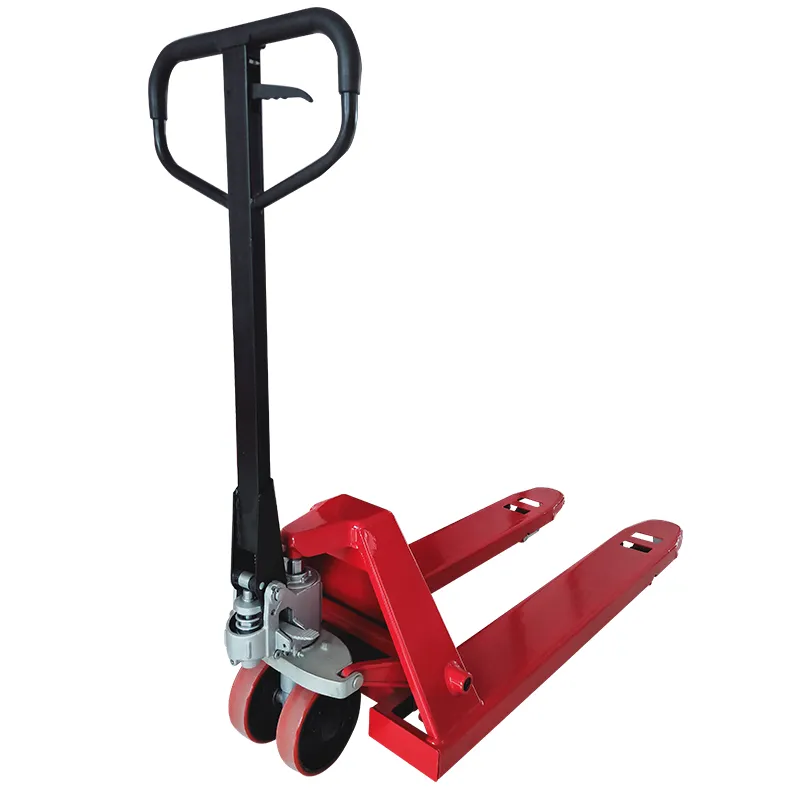


Understanding the Manual Chain Block A Comprehensive Guide
In various industries, heavy lifting and material handling are crucial for efficient operations. One of the most versatile tools for these tasks is the manual chain block, also known as a chain hoist. This equipment is designed to lift loads using a chain and a mechanical advantage, providing a reliable solution for lifting heavy objects with minimal effort. In this article, we will explore the features, benefits, and safety precautions associated with manual chain blocks.
What is a Manual Chain Block?
A manual chain block is a type of hoisting equipment that utilizes a chain mechanism to lift and lower loads. It consists of several key components, including the block (or pulley), chain, hooks, and a hand-operated gear system. The user pulls the chain, which engages internal gears, allowing the load to be lifted or lowered smoothly. Manual chain blocks are available in various lifting capacities, with the capacity of 1 ton being a common option for many users.
Benefits of Using a Manual Chain Block
1. Simplicity and Portability Manual chain blocks are easy to operate without the need for electricity or complex machinery. This makes them ideal for locations where power sources are limited or absent. Their lightweight design allows for easy transport and setup at different job sites.
2. Cost-Effectiveness Compared to electric hoists, manual chain blocks are generally more affordable. They require minimal maintenance, which further enhances their cost-effectiveness over time. This makes them an attractive option for small businesses and DIY projects.
3. Versatility The ability to lift heavy loads up to 1 ton makes manual chain blocks suitable for a wide range of applications, including construction, warehouse operations, and maintenance tasks. They can lift items such as engines, machinery, and even small vehicles with the appropriate rigging.
4. Space-Saving Design Manual chain blocks are compact and do not require significant storage space. Their design allows them to be conveniently stored when not in use, freeing up valuable workspace.

Important Safety Precautions
While manual chain blocks are user-friendly and practical, safety should always be a top priority. Here are several safety precautions to consider
1. Load Capacity Always adhere to the specified load capacity of the chain block. Exceeding this limit can lead to equipment failure and potential injury.
2. Inspection Regularly inspect the chain block for any signs of wear or damage. Check the chain for kinks, frays, or rust, and ensure that the hooks are not deformed or cracked.
3. Proper Rigging Ensure that all rigging is secure and correctly attached before lifting a load. Use appropriate slings and ensure they are rated for the load being lifted.
4. Stable Surroundings Always operate the chain block in a stable and secure environment. Avoid lifting loads near edges or unstable surfaces to prevent accidents.
5. Training Operators should be trained in the correct use of the chain block, including understanding the equipment's limitations and proper lifting techniques.
Conclusion
Manual chain blocks are an essential tool for anyone involved in heavy lifting tasks. Their efficiency, affordability, and ease of use make them a valuable asset in various industries. However, understanding the importance of safety and proper operation is vital for maximizing their benefits while minimizing risks. Whether lifting machinery or conducting maintenance, a 1-ton manual chain block can provide the necessary support and reliability to get the job done effectively. Therefore, investing in quality equipment and adhering to safety practices will enhance productivity and ensure a safer working environment.



